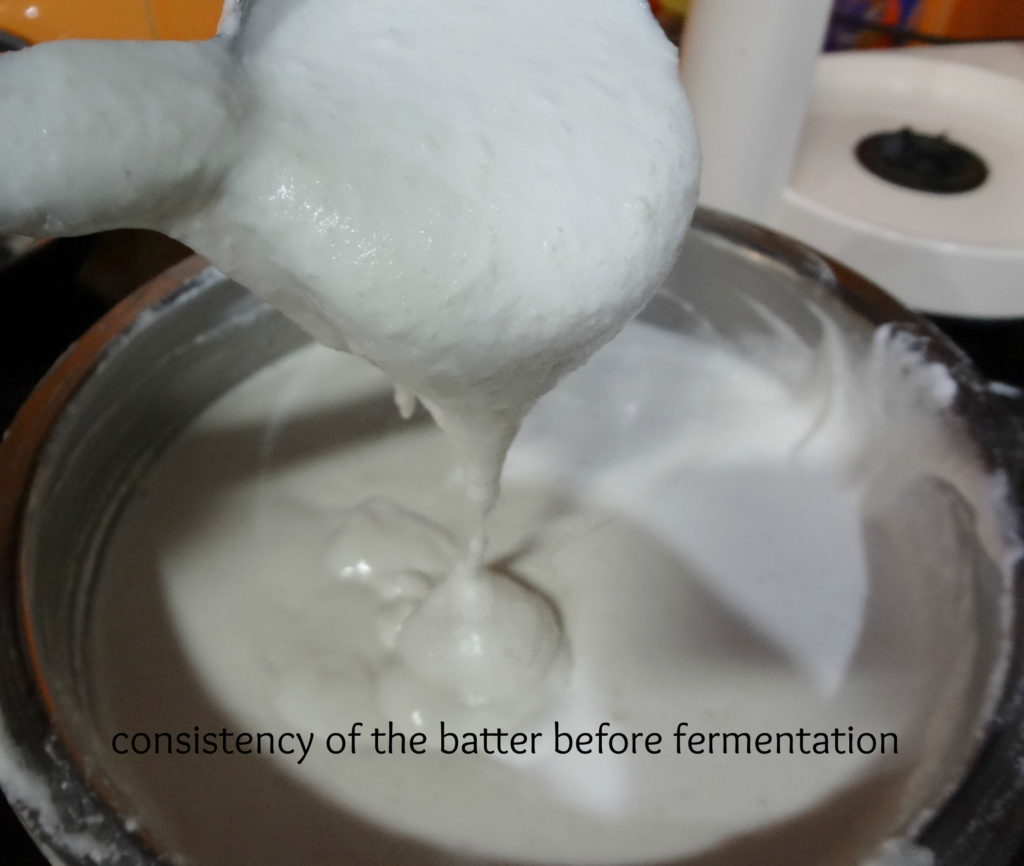Pundi/Unde/mudde is nothing but steamed rice dumpling from south canara/Mangalore region. It is our traditional Breakfast recipe. After steaming, we have two to three options to have this super healthy dish. One is with liquid jaggery combined with ghee, or pundi can be drizzled with coconut oil and dipped in an onion flavoured coconut chutney. Last but not the least, by soaking in a masala gravy, known as Unde bendi.
Traditionally we use Red boiled rice to prepare. Here I have used fragrant Rajamudi variety of red rice, that was earlier grown exclusively for the “Maharajas of Mysore” . It is high in fibre, antioxidants, and Iron. It is unpolished and grains are beautiful with the mix and match of pinkish red lines, which has a nice aroma and it surely enhances the flavour of the Pundi.
I did this particular trial for Rice Calendar 2019. Unique effort by Save Our Rice Campaign and Sahaja Samrudha to Popularize traditional Rice and Recipes.
Save Our rice campaign is proud to proclaim that it has successfully mainstreamed around 100 different varieties of traditional rice across the country. Each rice variety is unique and differs in its taste, colour, texture, and cooking quality and contains some special properties like being medicinal, scented, sticky and so on.
It is one of the four recipes ,which I have shared with and got to be a part of this project in a very small way.

Ingredients:
Rajamudi rice – 2 cups
Salt
Coconut oil – 1 tablespoon
Coconut – ½ cup (grated)
Method:
-Wash, soak rice for 3 to 4 hours

-Grind rice into little grainy texture by adding salt.
-Put ground batter, oil, coconut in thick kadai, cook this into ball like mass.

-Cool a bit, take little cooked dough at a time, and make roundels.
– Place this in an idli steamer and cook for 20-30 minutes and enjoy with chutney or liquid jaggery mixed with little ghee.
Unde/Pundi Bendi/ dumpling in masala gravy:

Here, we ned to break pundi into big chunks and keep it ready.
For Masala: Take one bowl of grated coconut, roasted red chillies – 2 to 4 , 1 tsp of coriander, ¼ tsp of cumin, 2 cloves of garlic, little tamarind, and grind into smooth paste.
In a wok, heat 2 tsp of coconut oil, splutter mustard,1 broken red chilli and add curry leaves. Add half finely chopped onion and fry until it turns brown.

Now, add ground masala paste into the seasoning and adjust the consistency, add salt, pinch of jaggery and boil.
When it starts to boil, add broken chunks, and further boil for 5 more minutes or until it reaches the thick consistency.
Serve hot and enjoy.








































